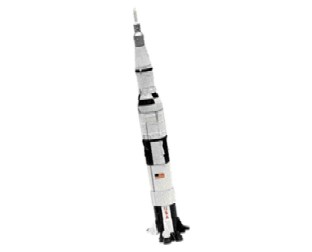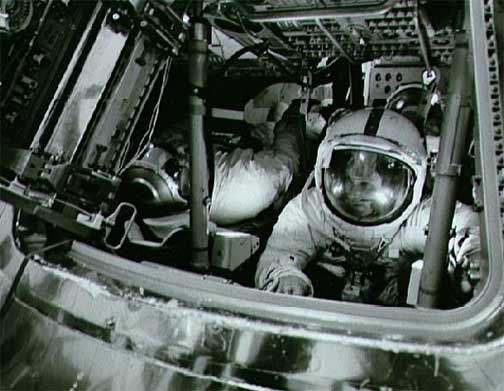

All three stages separated successfully and their engines performed as planned. This was an unmanned test flight intended to prove that the complex Saturn V rocket could perform its requirements.

On November 9, 1967, Apollo 4, the first test flight of the Apollo/Saturn V space vehicle, was launched from Kennedy Space Center Launch Complex 39. Photo shows Firing room on the third floor of the Launch Centrol Centre at Complex 39 during the Apollo 4f simulated countdown The Saturn test is crucial if America is to land two men on the moon as planned in 1969. Saturn V moon rocket will launch an unmanned Apollo 4 craft on an eight-hour engine-testing flight into space. 11, 1967 - Apollo 4 For Space Flight: The climax of a week of space action by America is due tomorrow (Nov 9) when a 363ft. Photo shows Firing room on the third floor of the Launch Centrol Centre at Complex 39 during the Apollo 4f simulated countdown Nov.

Ahead of NASA’s Artemis I flight test, the fully stacked and integrated SLS rocket and Orion spacecraft will undergo a wet dress rehearsal at Lau Ahead of NASA’s Artemis I flight test, the fully stacked and integrated SLS rocket and Orion spacecraft will undergo a wet dress rehearsal at Lau From left to right, NASA Associate Administrator Bob Cabana, Reid Wiseman, Chief of the Astronaut Office, Apollo Astronaut Tom Stafford, NASA Administrator Bill Nelson, and NASA Deputy Administrator Pam Melroy pose for a photo as the agency’s Space Launch System (SLS) rocket with the Orion spacecraft aboard rolls out of High Bay 3 of the Vehicle Assembly Building for the first time, Thursday, March 17, 2022, at NASA’s Kennedy Space Center in Florida. įrom left to right, NASA Associate Administrator Bob Cabana, Reid Wiseman, Chief of the Astronaut Office, Apollo Astronaut Tom Stafford, NASA Administrator Bill Nelson, and NASA Deputy Administrator Pam Melroy pose for a photo as the agency’s Space Launch System (SLS) rocket with the Orion spacecraft aboard rolls out of High Bay 3 of the Vehicle Assembly Building for the first time, Thursday, March 17, 2022, at NASA’s Kennedy Space Center in Florida. At the end of the flight, the unmanned Apollo spacecraft reentered and proved that it could survive the intense heat generated during a high-speed return from the moon. The third stage also restarted in orbit, which was a requirement for lunar missions.



 0 kommentar(er)
0 kommentar(er)
